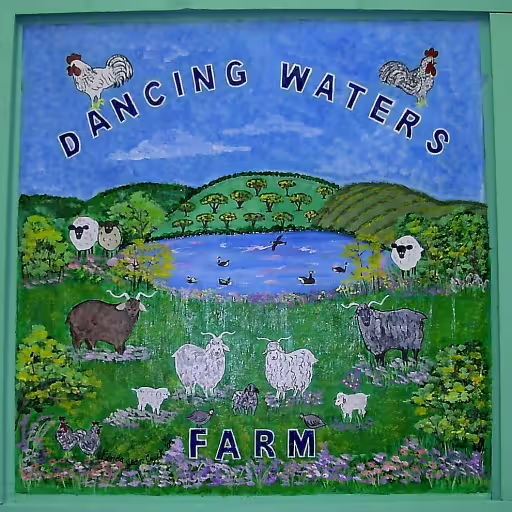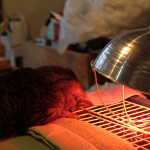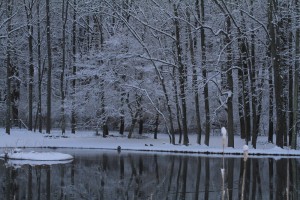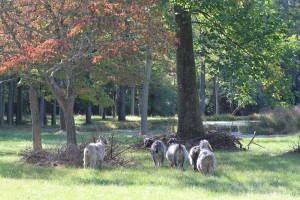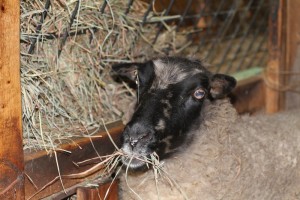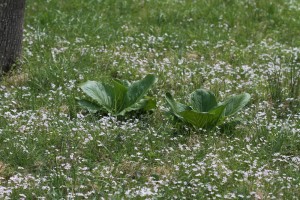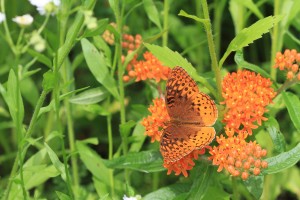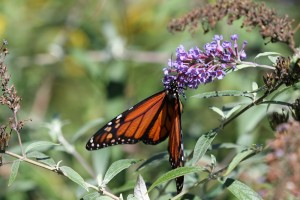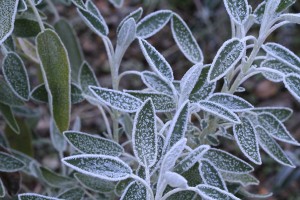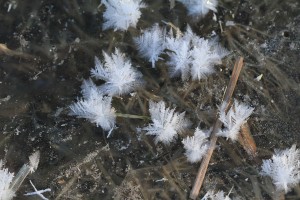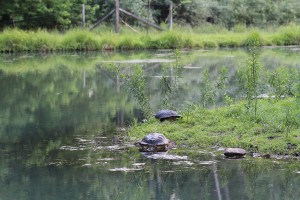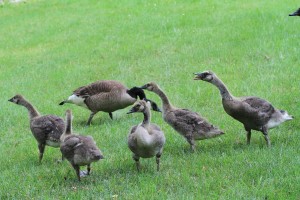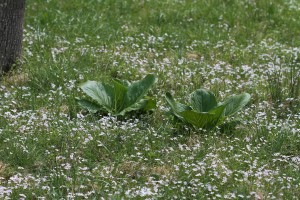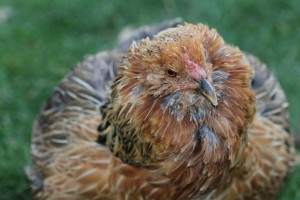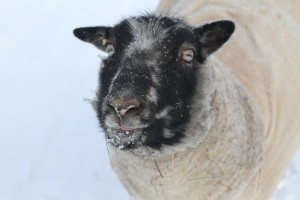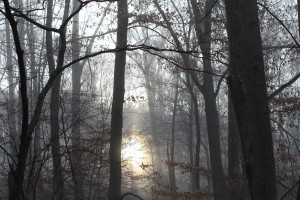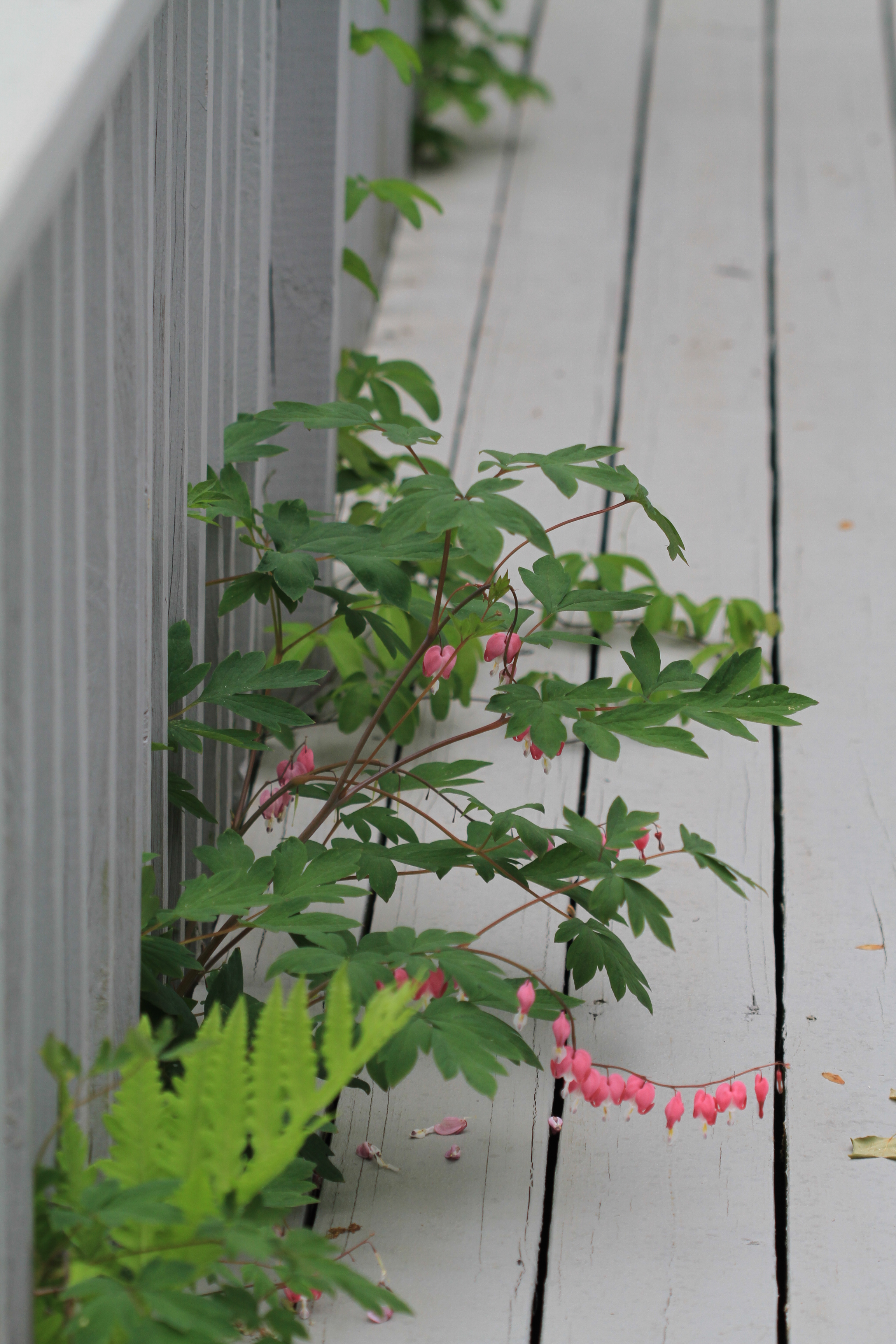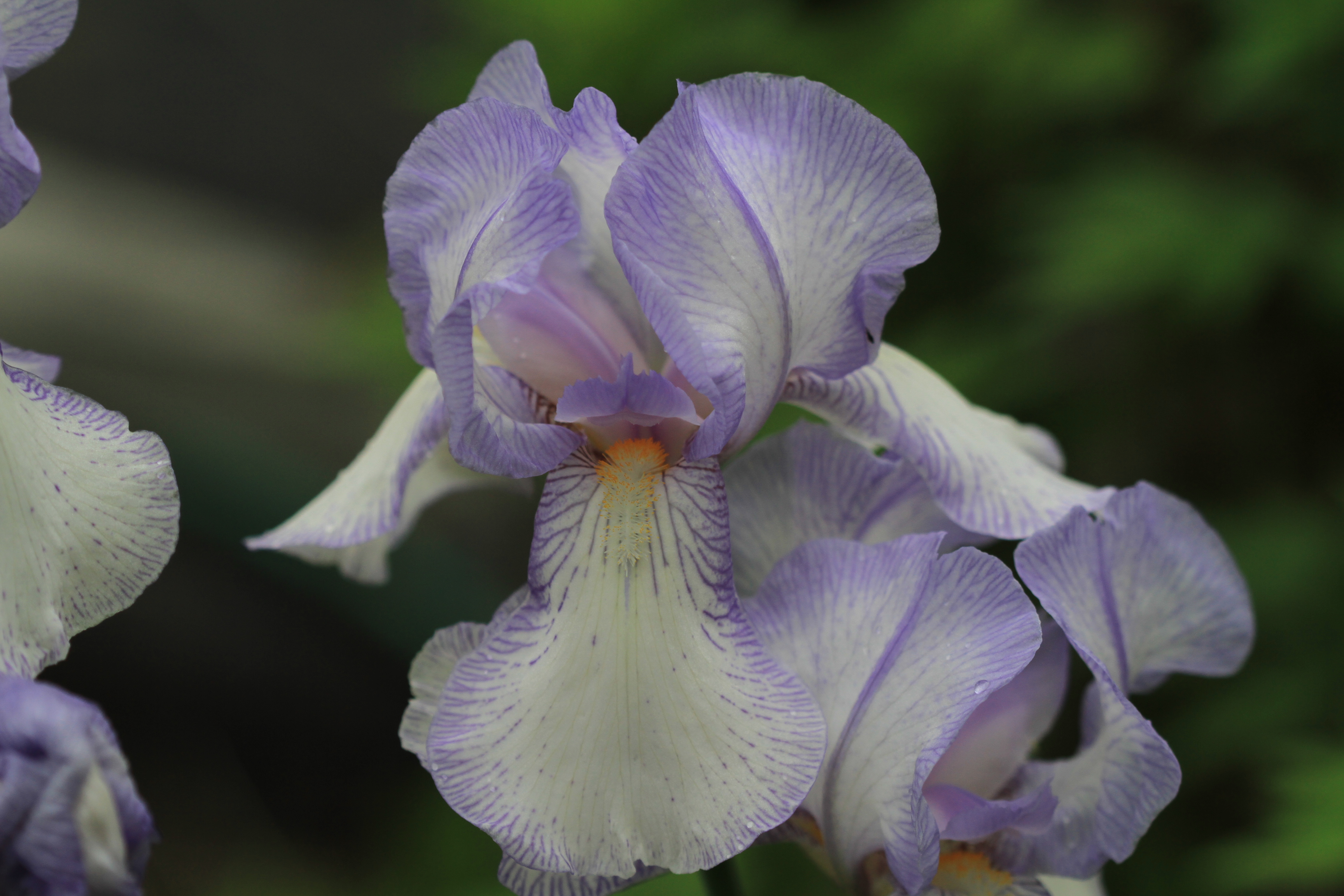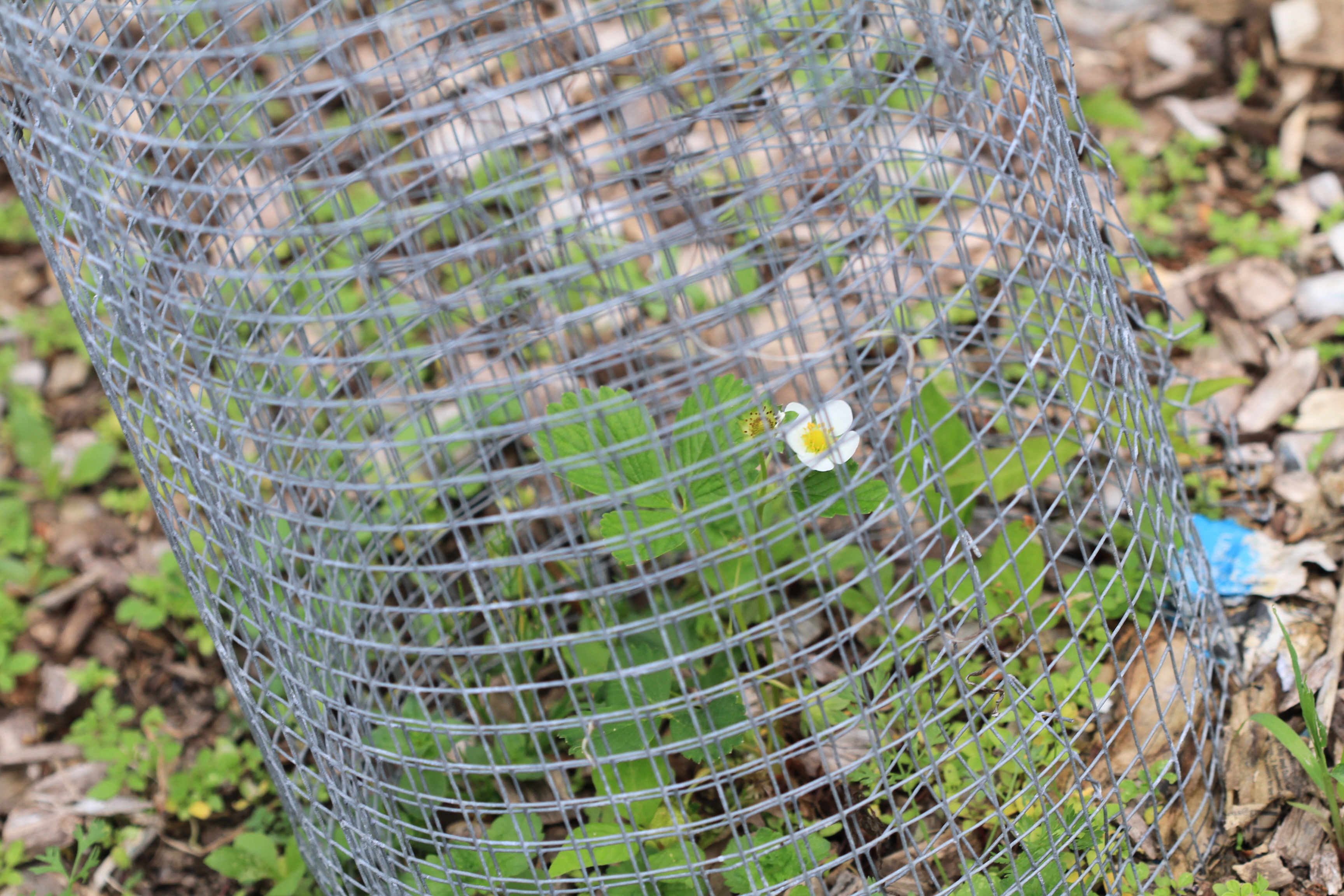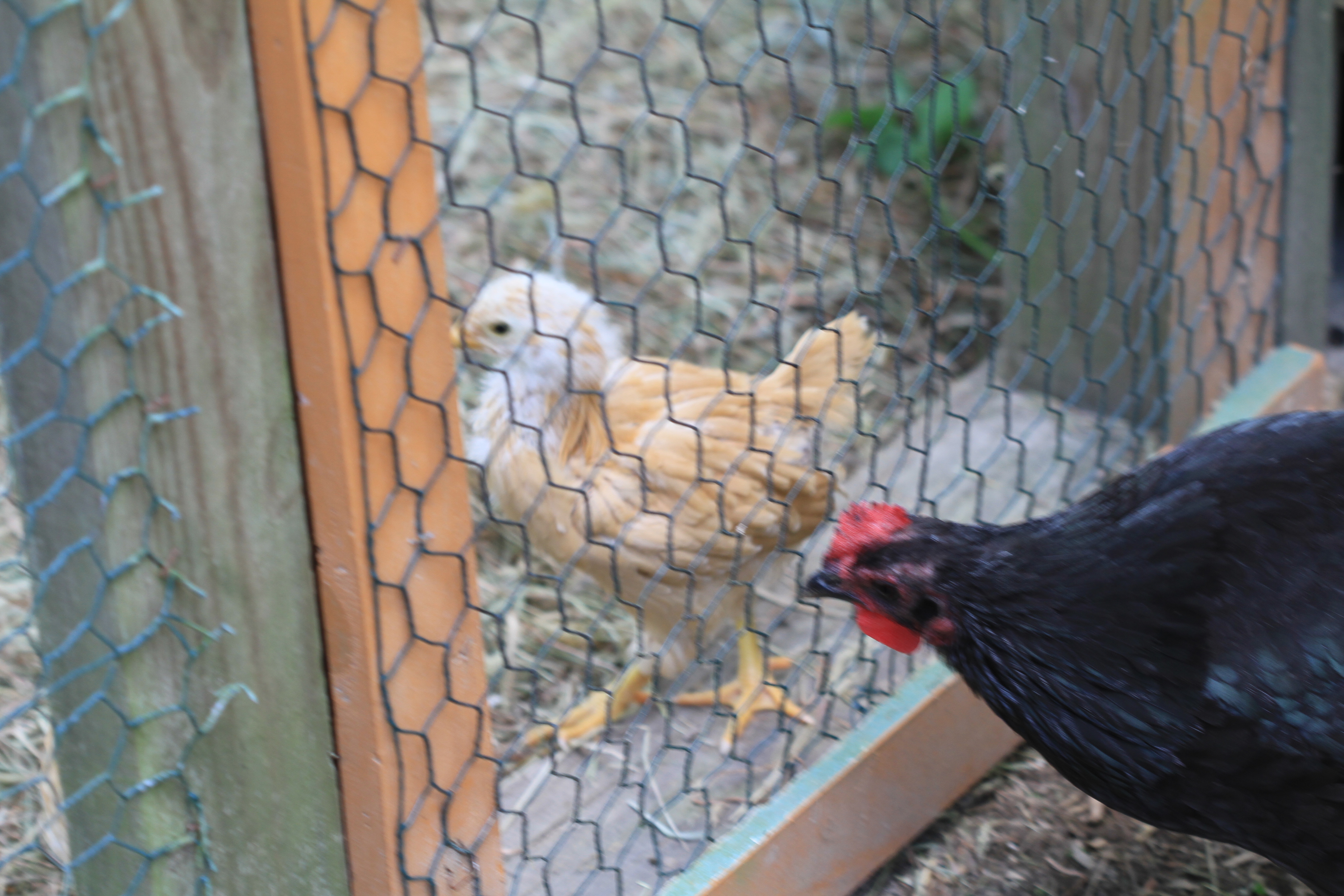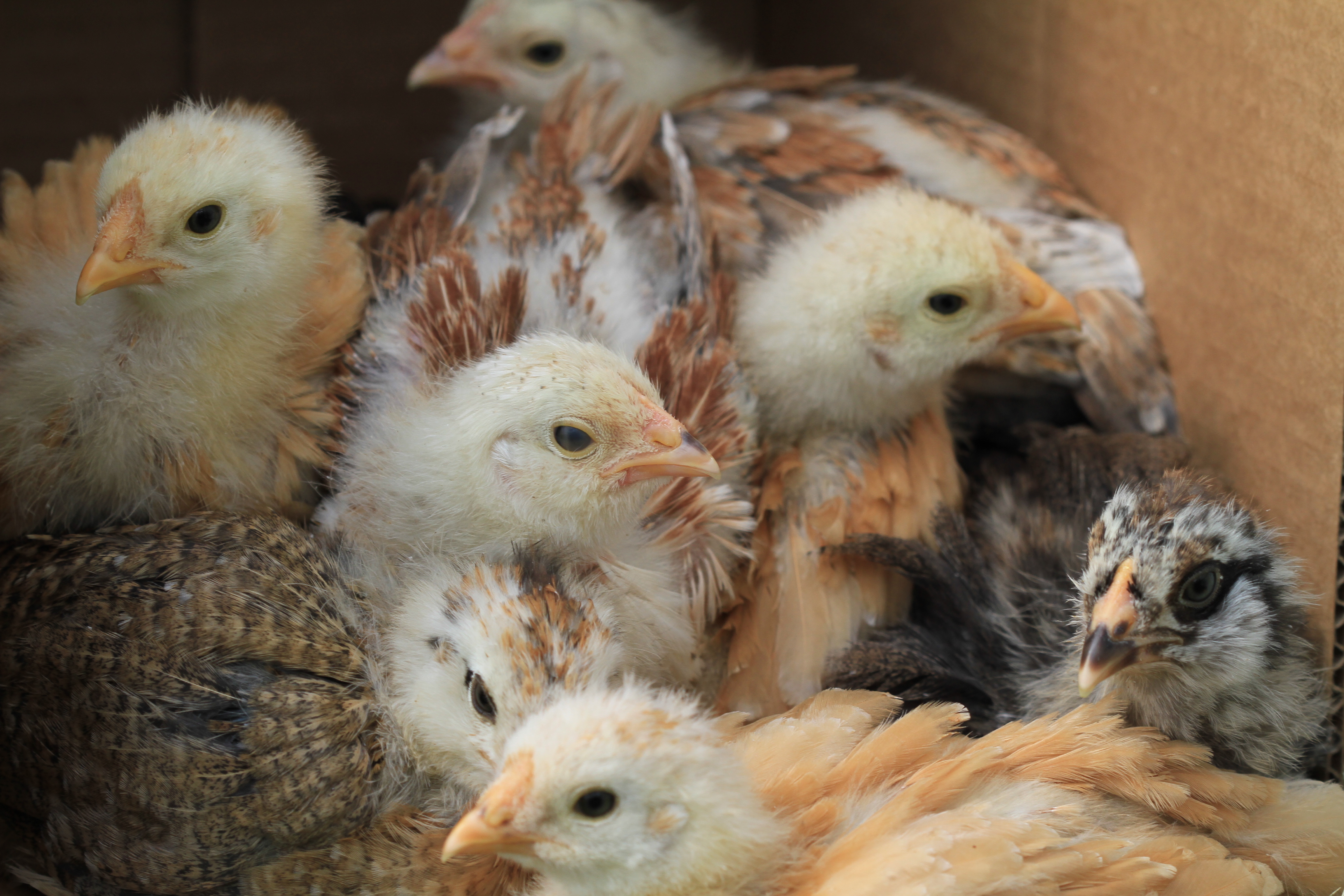Since there are many “would be” or new chicken owners looking for guidance I’ve begun a series of articles summarizing what I’ve learned over 16 years of raising chickens. Seems like the place to start is with chicken breeds.
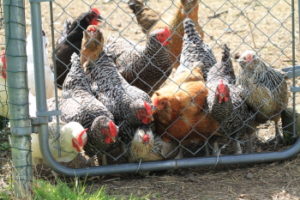
Delaware (white, far left), Australorp (black, back left), Dominique (black and white) and Ameraucana Hens (multi colored) Anticipating Dinner
I feel it is important to support rare breeds as genetic diversity is very important to preserving chickens for the future. Currently genetic diversity is rapidly being lost in livestock species as farming becomes larger in scale and utilizes single breeds. In the poultry industry the white leghorn chicken is used pretty exclusively. Should something happen to the leghorn without other breeds available, chickens as a species could be wiped out.
I’m a member of the Livestock Conservancy and they provide information for free on rare and heritage breeds. These breeds are typically very thrifty, meaning they forage for themselves and are smart enough to recognize and try to elude predators. In many cases they were developed by our colonial ancestors who needed chickens to fit on a small homestead as good producers with minimal supervision.
Take a look at the Livestock Conservancy resources on chickens for help selecting the best breed for you. They have a great breed comparison chart (pdf) that will let you quickly scan for the features most important to you. A few notes on the breeds I have raised are below. Since I keep my hens until they die of old age (10+ years) and I focus on egg layers as I don’t sell my chickens for meat, my experience is different than those who only keep them a year or two.
Ameraucana or Easter Eggers:
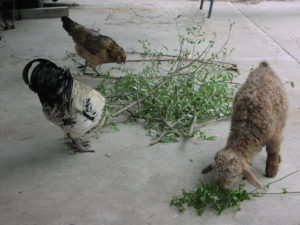
Sienna (Angora Goat) with Ameraucana Chickens
Very prolific egg layer, with egg shell color in green shades. They are variable in personality and color as they are typically hybrids. Some are quite friendly, others are nearly wild (ie- flighty) but not aggressive. They have small combs so do well in cold weather. Roosters are pleasant and safe even with children. They are prone to reproductive tract issues as cause of death.
Australorp:
Very prolific egg layers, calm and easy going temperament. Large comb that is prone to frost bite even here in central NJ. I have never had roosters of this breed. Mine have all had crop issues (getting things stuck) but always (so far!) have recovered. I’ve only had mine for 3 years so don’t have any long term experience with them as yet.
Chantecler:
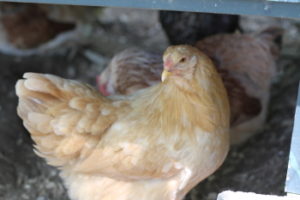
Chantecler, Favorelle in Background
Developed in Canada for cold weather tolerance (no comb), and good egg production in winter months. Very active, quick, and flighty personalities. I haven’t noticed better egg production than my other breeds during the slow season. I have never had roosters of this breed. They tend to be broodier than my other breeds. I’ve only had mine for 3 years so don’t have any long term experience with them as yet.
Delaware:
Large, friendly, easy going and tolerant birds. They are very good egg layers with a large comb that is prone to frost bite even here in central NJ. The roosters are wonderful, safe even for children. They don’t tend to live as long as other breeds, presumably due to the small genetic diversity within these chickens as there are so few of this breed around. Generally reproductive tract issues will do them in. They are incredibly resilient though. I have experienced them egg bound (with broken egg shells inside – you could hear and feel them) and they not only survived but recovered fully, at odds with what you can read in the veterinary literature.
Dominique:
Small, easy going, curious and friendly black and white birds. Barred rocks were bred from these birds and they carry sex linked coloring so that the females can be distinguished from the males at birth by the white dot on their foreheads. They have small rose combs which make them good in cold weather environments. They are also good egg layers. Roosters can be aggressive with strangers and I would not trust them with children but they never attacked me (they definitely recognized me as their caregiver). Prone to leg mites in old age.
Favorelle:
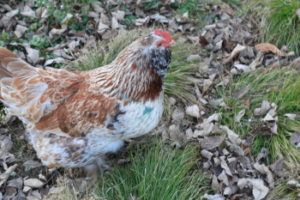
Regina – Favorelle Hen (was helping me paint the hen house green!)
Active, vocal birds with a few feathers on their feet. They definitely have in your face personalities but are not aggressive, just talkative, curious and friendly. They were bred in France for good egg laying in the winter season. I haven’t noticed better egg production than my other breeds during the slow season. I have never had roosters of this breed. I have only had this breed for about 3 years so have no long term experience with them.
Next: Buying chicks….
